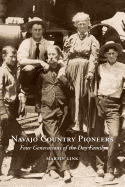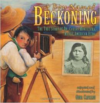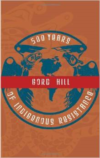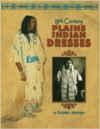Description
This book is about the indelible legacy of four generations of the Day family to relations between the Navajo people and the ever-increasing populations of settlers in the Arizona territories of the American West.
Noted Southwest historian Martin Link here presents the first detailed biography of these fascinating and important pioneers in Navajo country. Sam Day, a Civil War veteran and a civil engineer, arrived in Ft. Defiance, Arizona Territory (the Navajo Agency) in 1883 with a government commission to survey the eastern and southern extensions to the original Navajo Reservation.
He fell in love with both the Navajo people and their land, and brought his wife and three sons to a homestead just south of the Reservation boundary, where they opened up a Trading Post. Sam and his sons learned to speak fluent Navajo, were accepted by the tribe, and throughout their lives were deeply concerned with the Indians? welfare. Involved in all aspects of Navajo culture?language, religious activities, economy and even politics?they served as guides and interpreters of native culture to figures such as the photographer Edward S. Curtis and President Theodore Roosevelt.
Their contributions included assisting in the publication of the first Navajo-English dictionary, convincing the New Mexico Good Roads Association to select the route through Gallup for the proposed first trans-continental highway (eventually Route 66), recording and editing more than 80 Navajo Chantways and replicating over 100 Navajo sand paintings. Sam Day III became a well-known figure in Navajo politics, and served twelve years on the Navajo Tribal Council. He established the Navajo Parks & Recreation Department: the first Tribal Park encompassed the famous Monument Valley, and the Navajo Tribal Museum became the first Indian-owned museum in the country.






Reviews
There are no reviews yet.